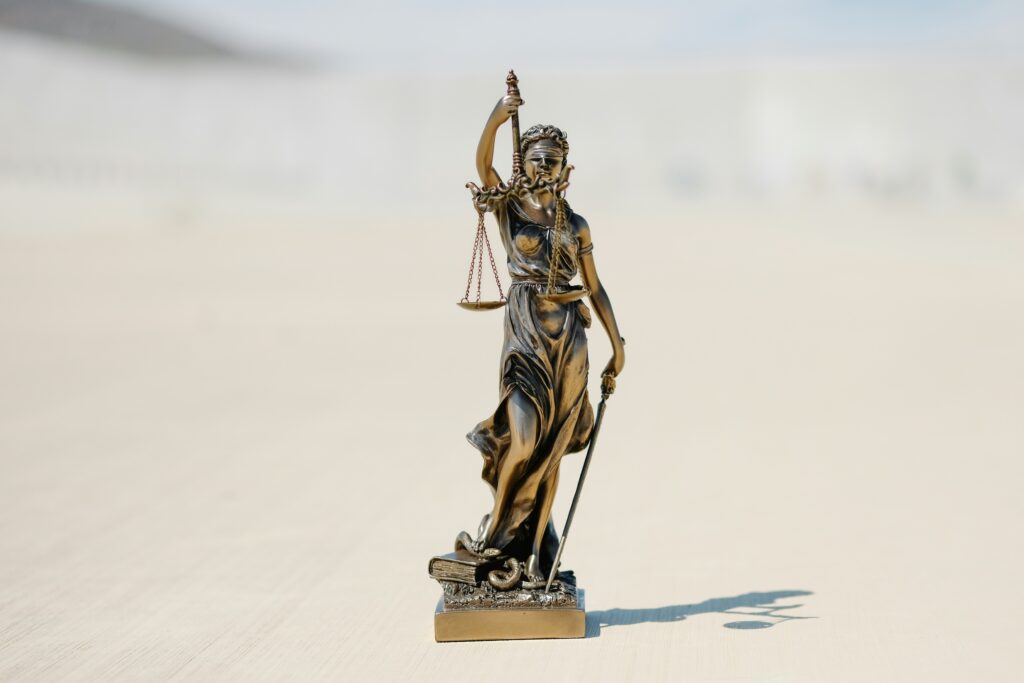Published On: 10th February, 2024
INTRODUCTION
The MC Mehta case is a notable event in Indian history. Initiated by environmental activist MC Mehta, the case involved several public interest petitions that addressed the issue of industrial pollution in the Ganges River. The Union of India and several government institutions were the primary respondents in the case. Over the years, this case has evolved to include several legal issues in relation to environmental protection, corporate responsibility, and industrial regulation. Given its historical significance, MC Mehta is one of India’s most famous public interest litigations.
FACTS
- On the 4th of December 1985, there was a leakage of oleum gas from a plant operated by Shriram Foods and Fertilizers Industries in Bhopal. This physically affected many common publics which include both workmen and common people outside.
- After 2 days of this incident, another minor leak of oleum gas occurred.
- Ultimately, the gas leak resulted in the death of thousands of people and injuries to additional thousands of others.
- C. Mehta, a lawyer, filed a writ petition for shut down of the Shriram Food and Fertilizers Industry since it poses a risk to public safety.
ISSUES
- The major issues that surfaced before the Court for its attention and consideration involved the right to life under Article 21 which includes the right to a clean and healthy environment.
- Whether the owner of the plant should be held liable for the damages caused by the gas leak.
- Whether the Supreme Court has the authority to decide Shriram to restart its plant under Article 32.
- What are the conditions to be fulfilled to run an industrial unit in a polluted area?
ARGUMENTS FROM THE PETITIONERS SIDE
- The petitioner contended that Shriram Industry must be shut down as it infringed upon the fundamental right of Article 21 posing a threat to the well-being and safety of the neighbor community.
- Since Article 21 does not state anything in relation to the right to a safe environment, it is to be considered implicitly. The industry was engaging in hazardous activity that could pose a threat to the public at large, hence it was suggested that the corporation ought to bear complete liability for any harm caused by them.
- It had been ultimately determined that it would be impossible to completely eliminate the risk prevailing from the organizations and so the only option would be permanently relocating the plant which being the sole solution to this issue.
ARGUMENTS FROM THE RESPONDENT SIDE
- The advocate representing Shriram, Mr. Diwan, asserted that the court should refrain from addressing constitutional matters and moreover contended that the writ petition did not include any claim of compensation.
- It was also stated that they had taken adequate measures to address the issue of pollution and the argument was based on the idea that India’s rapid growth in industrialization was essential for economic growth and that the environmental regulations needed to be flexible to support this growth.
- It was stated that Sriram was granted permission to operate under the direct oversight and regulation of the Government.
- The counsel pointed out that the principle of strict liability is to be applied in the present case.
RELATED PROVISION
The Public Liability Insurance Act, 1991
- after the tragedy which took place, this Act was set out to provide compensation to victims of accidents caused by hazardous substances.[1]
The Environment Protection Act, 1991
- This act was enacted to protect and improve the environmental quality and control the pollution, this is an umbrella legislation that fills in many gaps.[2]
National Green Tribunal Act, 2010
- This Act was established to handle environmental issues by quickly and effectively resolving cases related to environmental protection.[3]
JUDGEMENT
- This consisted of several important discussions on the points of law and numerous legal principles.
- The court stated that individuals can seek assistance under Article 32 which may extend to awarding compensation in appropriate situations.
- Since the company was involved in such risky business, it is therefore the company’s responsibility to maintain a high level of safety and shall take complete responsibility to bear expense from the compensation of the parties.
- It was stated that India shall enact new laws not to rely on the legal framework of other countries and shall not be hesitant to bring in new rules of liability.
- The court instructed the management to deposit 20 Lakhs for compensation of the victims and furthermore, a Bank guarantee of 15 Lakh which shall be cashed if there were to be any leaks within 3 years.
- Lastly, it was acknowledged that shutting down the factory will only lead to further unemployment, hence the factory is to be under operation in subject to 11 conditions which oversees the industry.
Payment of compensation
- The Supreme Court implemented a principle known as “Deep Pocket Theory” where the amount of compensation must be equivalent to its size and financial strength. This theory may be used as a weapon to bring out the liability of a product as the producer shall be able to accommodate the risk of damages. Hence, the company is obliged to pay a higher amount of compensation due to the capacity of the company.
CONCLUSION
- The MC Mehta case was a landmark decision that had a huge impact on Indian environmental law and shaped the discourse around environmental protection. This case significantly highlighted the importance of bringing the balance towards industrial growth with environmental stewardship and established a robust legal framework for environmental protection in India. Despite the criticism levied against the decision, the case still remains to be as an essential precedent for environmental litigation and has been cited in subsequent legal disputes.
- The MC Mehta case serves as a reminder of the importance of addressing environmental issues and highlights the potential of public interest litigation to promote environmental protection and demand accountability from companies.
Reference(s):
[1] —— ‘The Public Liability Insurance Act, 1991’ (QIAN) www.qian.co.in/public-liability-insurance-act-policy#:~:text=The%20Act%20requires%20such%20Business,people%20while%20injuring%20many%20others. accessed 5 January 2024
[2] —— ‘The Environment Protection Act, 1991’ (food and Agricultural organizations) www.fao.org/faolex/results/details/en/c/LEX-FAOC018343/#:~:text=This%20Act%20spells%20out%20the,damages%20and%20punishment%20of%20offences. accessed 5 January 2024
[3] —— ‘National Green Tribunal Act, 2010’ (Legal Service India) www.legalserviceindia.com/legal/article-10904-national-green-tribunal-act-2010.html accessed 6 January 2024




